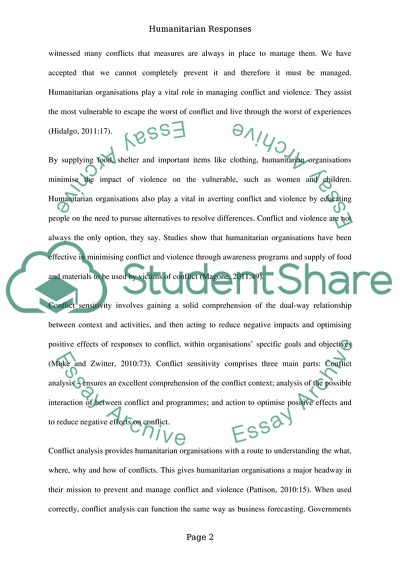Cite this document
(Effectiveness and Efficiency of Humanitarian Organizations Coursework, n.d.)
Effectiveness and Efficiency of Humanitarian Organizations Coursework. Retrieved from https://studentshare.org/humanitarian/1846543-humanitarianismconflict
Effectiveness and Efficiency of Humanitarian Organizations Coursework. Retrieved from https://studentshare.org/humanitarian/1846543-humanitarianismconflict
(Effectiveness and Efficiency of Humanitarian Organizations Coursework)
Effectiveness and Efficiency of Humanitarian Organizations Coursework. https://studentshare.org/humanitarian/1846543-humanitarianismconflict.
Effectiveness and Efficiency of Humanitarian Organizations Coursework. https://studentshare.org/humanitarian/1846543-humanitarianismconflict.
“Effectiveness and Efficiency of Humanitarian Organizations Coursework”, n.d. https://studentshare.org/humanitarian/1846543-humanitarianismconflict.


